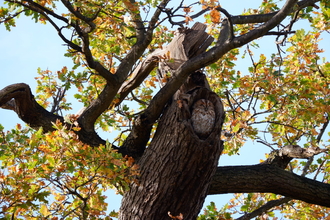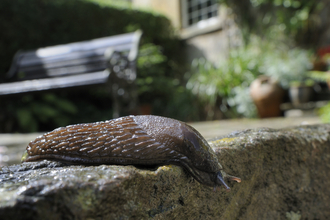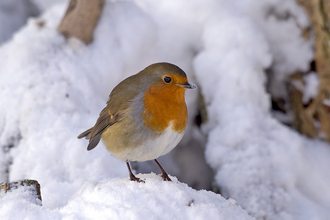During the winter, many species hide away, hunker down and hibernate but not lichens, this is the season where they can look bigger, brighter and bushier than ever and 1,800 species can be found in the UK!
Lichens are complex species and are made up of two organisms living symbiotically, alae and fungus. The algae brings the food to the table by photosynthesising with the fungi providing structural integrity and also the lichen with water. During difficult times, the lichen relies on the fungus part of the organism and is able to dip into the water reserves which the fungus retains.
Lichens can come in all different shapes, sizes and splodges and I love looking out for them in Ipswich. They can be found on pavements, rocks, walls and trees and they can cheer up even the most “ordinary” pavement walks. Lichens are not only beautiful they don’t cause any harm to the surfaces they grow on and they are extremely beneficial to other species such as providing birds with nesting material and a source of food and shelter to many invertebrates.







